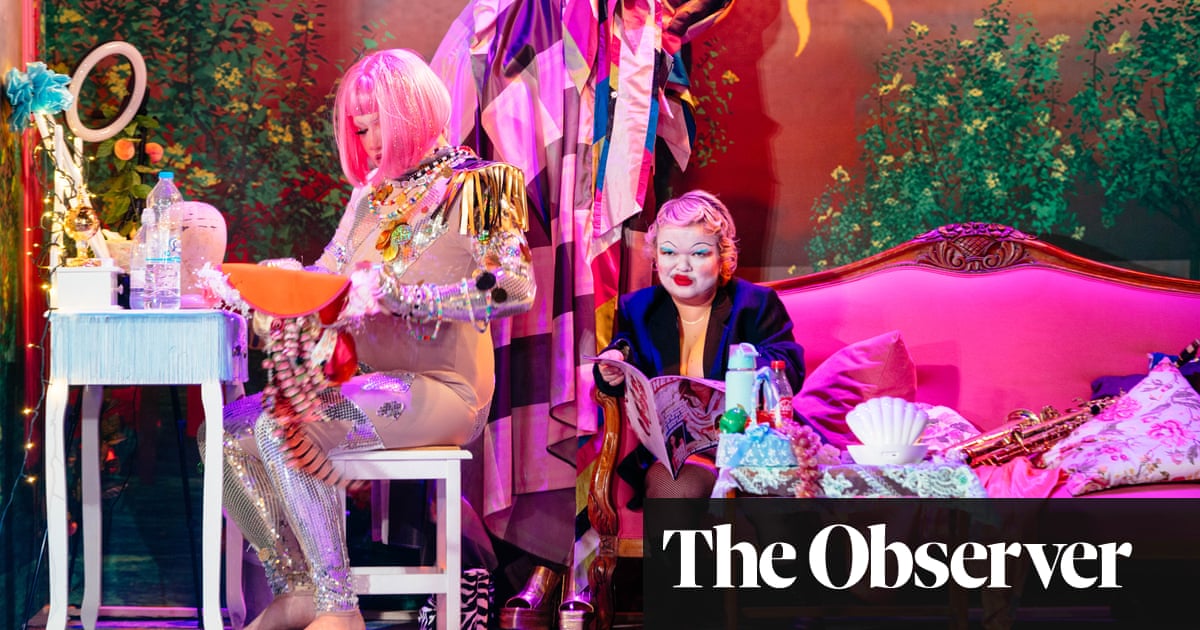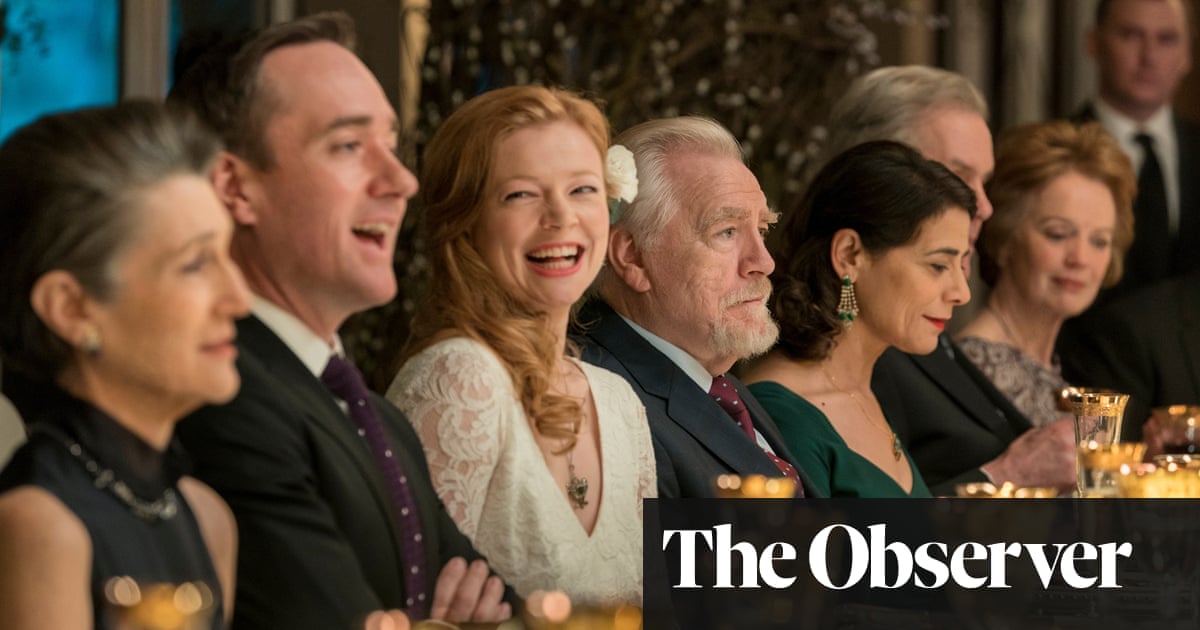
ere are ghosts bringing vitality to the stage. After Life may have a cast of dead characters but there is nothing spectral about it. Jack Thorne’s adaptation of Hirokazu Kore-eda’s 1998 film makes a vivid case for the unexpected intensity of those moments – some humdrum, some almost overlooked – which memory floods with lingering significance.
Bunny Christie’s design makes an imposing place of the small Dorfman, walling in the action with a mass of grey filing cabinets. Here the recently dead gather; here they are instructed by a team of guides to choose one memory which they will inhabit for eternity. The guides – themselves uneasy presences – cajole the taciturn and tease out details of each recollection. They are not there to judge or censor. They are seeking not the loftiest or most extreme moment, but the one in which each character was most fully her or himself. A boy remembers steering a plane through cotton-wool clouds, an elderly man looks back on sharing a packed lunch with his wife on a park bench, a woman describes the red shoes she wore when as a teenager she danced with a beloved brother. Luke Thallon, as a bureaucrat on the point of breakdown, is exceptional; as is June Watson, slowly moving from despair to delight.
Each memory is recreated for the pleasure of its central character. As Neil Austin’s sombre lighting breaks into a smile, there are balloons and splashes of bright colours: it would be easy to begin to think of the whole show as a metaphor for theatre-making. It is more far-reaching. True, Jeremy Herrin’s lively production gains from having a live audience: picking your own memory – as all audiences will find themselves doing – is enhanced by hearing others chewing over their choices. Yet the main delight is more direct: in scolding times, it is exhilarating to see human lives simply valued rather than assessed.
It was clever of Christie to approach Thorne with the idea of adapting the film (the two of them and Herrin are credited with the “concept” of the show); the dramatist brings an unusual conjunction of interests to his version. He has a feeling for eerie extensions of life, as he proved in his terrific vampiric Let the Right One In, but he is also intrigued by the workings of bureaucracy; he has spoken of his boyhood fascination with the arrangements of his father’s town planning office and said that he thinks of this After Life as transplanted from Japan to Reading. He does not imitate the movie’s exquisite, patient closeups but conjures up something of its strange, transfixing mixture: like a Covid dream, in which otherworldliness is subject to anxious administrators.
The ghost in Dipo Baruwa-Etti’s The Sun, the Moon, and the Stars is that of a young black man stabbed to death by white youths: a few more of the latter and they would be what Robert Jenrick would call “a baying mob”. The dead man is seen only by his twin sister: alone on stage, Kibong Tanji ventriloquises the story of his murder and the court case that follows. Seeking revenge, she goes on the attack.
Trapped in Peter McKintosh’s fine box design – hard-edged, made golden and finally starry by Oliver Fenwick’s lighting – Tanji rages. At the killers and their relatives. At her brother’s white girlfriend, whom she accuses of not intervening at his murder. She turns on her own friends. She ricochets from one target to another.
Her story is inconsistent, and the telling repetitive and sometimes grandiose: the evening would be helped by a tuck of 15 minutes. Yet the fractures are not just lapses. She is deranged by sorrow – or what is now more commonly called grief. She is not always going to make sense.
Tanji makes this chaos powerful. I have never seen anyone shoulder a story across the stage in the way she does in Nadia Fall’s restless production. Without turning her movements into a dance, Tanji is never still: she twists with her feelings. Touching down for a second, she’ll take off on one foot; her arms jabbing accusingly. She seems not so much to respond to music as to be hit by notes that spark off her muscles. Before becoming an actor (and a mezzo-soprano) she was a professional swimmer: it is as if she is used to moving in an element which is not air. Which could be seen as a metaphor for moving through a hostile world.
Star ratings (out of five)
After Life ★★★★
The Sun, the Moon, and the Stars ★★★★
After Life is at the Dorfman, London until 7 August; The Sun, the Moon, and the Stars, Theatre Royal Stratford East, London until 19 June












